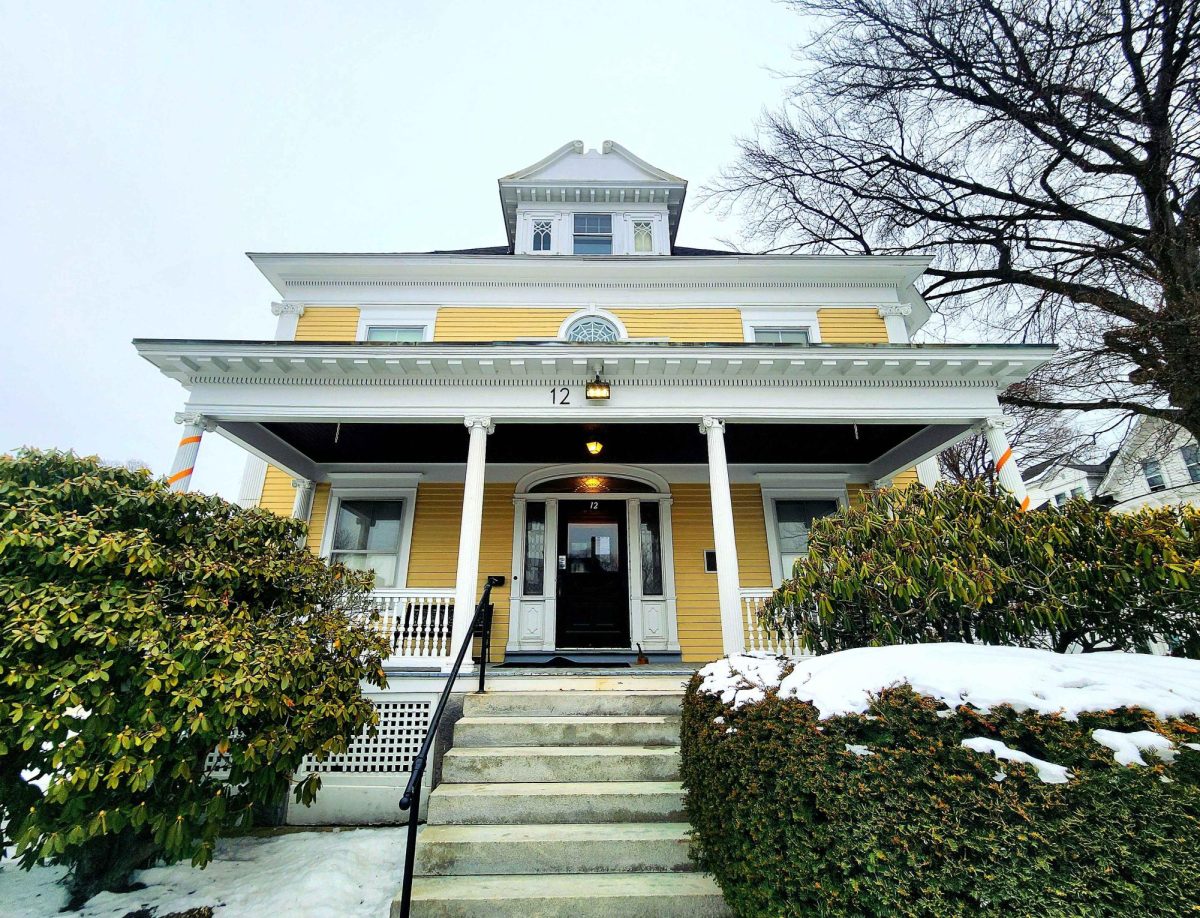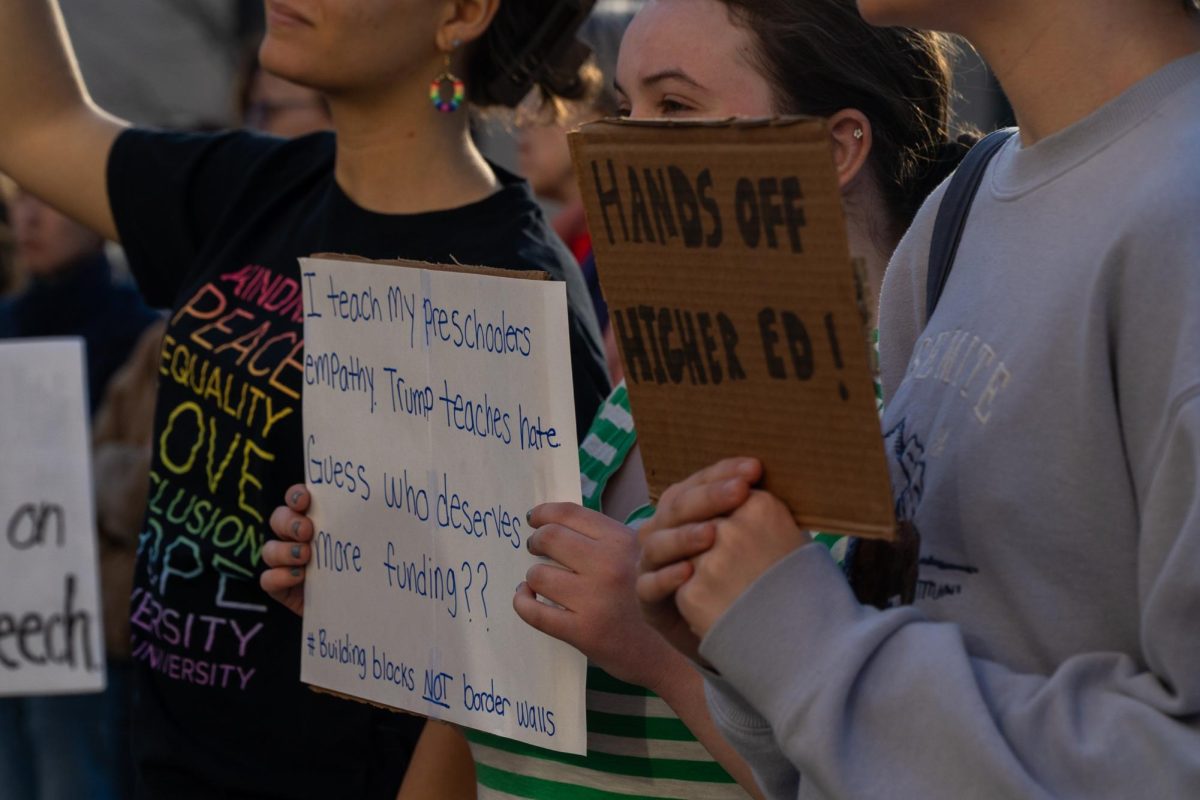On December 6, Clark University faculty and staff received an email from Provost John Magee announcing Clark’s consideration to reorganize or eliminate many undergraduate humanities programs.
On the chopping block are French, Combined Languages, Asian Studies, Comparative Literature, Ancient Civilization and Studio Art. Magee identified Community Youth and Education Studies as well as graduate programs in Community Development and Planning, English and Communication to be temporarily paused. Magee also mentioned plans to restructure the Theater, Music, and Philosophy departments, emphasizing “focus areas and efficiencies.”
Magee stressed the importance of engagement with faculty in this process. “I and the entire provost office team remain open to discussing these ideas in governance and in other structures as needed,” he wrote.
Student interest, program expenses, capital expenses, and student outcome data were all factors considered, but according to Magee, enrollment in the program was the most influential. Most of the programs marked for elimination had extremely low enrollment: for all but one, at any given point taken from the last few years, only around 3 to 5 declared majors were enrolled at Clark. Last Spring graduation, these six programs gave out a mere 32 Bachelor’s Degrees combined.
The departments slated for restructuring, such as Music or Theater, have fewer declared majors and minors than the median Clark program.
National Trends Away From the Humanities
At the January 30 student forum with David Fithian, John Magee and Kamala Kiem, the three stressed how Clark is in a precarious financial position and must take steps to secure its success in the long term. They brought up the decreased enrollment to higher education in recent years, especially in the Northeast – trends that will only be exacerbated in the coming years due to the so-called “demographic cliff” of high school graduates associated with the 2008 Recession.
These trends are only emphasized within the liberal arts. Today’s students, seeing the rising cost of a college education and the lack of employable know-how in a liberal arts degree, are flocking to STEM, healthcare, and other employable fields in large numbers–that is, if they go to college at all. Total undergraduate enrollment is down 12 percent since 2010, according to data from the National Student Clearinghouse Research Center. In the last decade, the percentage of college students getting a liberal arts degree has gone down more than half.

Colleges nationwide are responding to these trends. West Virginia University, the University of Kansas, and the University of Alaska among others have come under national scrutiny for eliminating majors in the humanities according to reporting from The New York Times. It’s not just state flagships either: even a fellow private liberal arts college, McDaniel College, recently cut nine programs in the humanities.
How Will This Work?
Nothing is certain as of now. Even the programs likely to be eliminated have a road to survival as faculty and administration discuss possible avenues to keep them alive.
Faculty have primary purview of all academic programs, they have influence over any changes. According to an unnamed source from administration, in most cases faculty reached out to administration themselves with a desire to modify their offerings. Throughout the process, they have seats at the table as they continuously talk with administration over what can be done to save their program or merge it into a similar program.
Further, two faculty committees have key roles in the official process. The Planning and Budget Review Committee advises the Provost. They look at the data and consider the financial implications of any proposed planning. Once a consensus is reached between the Provost and faculty, proposals go to the Undergraduate Academic Board, which must formally approve any additions or eliminations of academic programs. Both committees are composed entirely of faculty.
While some programs are intended for elimination, others are expected to undergo restructuring to make them more attractive to students. Music and Theater, for example, will be fundamentally changed, emphasizing “student experiences and high-impact engagement practices” according to Magee’s email. This likely means more involvement with internships, Worcester-based organizations, and experiential learning.
The Studio Art department is another example. With around 30 declared majors enrolled at any given point, Studio Art would likely not be popular to discontinue. According to the same anonymous source in administration, it will be reinvented in collaboration with the Media Arts program, leveraging the strong reputation of the Becker School. The goal here, as with every program restructured, is to improve “external demand”; that is, most Studio Art majors at Clark become interested in it while at Clark. Hardly any prospective applicants list Studio Art as their intended major. By focusing it on graphic design and interactive media, the University hopes to improve post-college outcomes for Studio Art graduates, and thus generate more external demand.
This is reflective of Clark’s new long-term strategy primarily around career preparedness. In Senior Exit Surveys, many students claimed their college experience didn’t connect their classroom work to the real world enough. With this strategy, Clark intends to provide all students with opportunities for career reflection and additional development as applicants in the workforce. By bolstering career connections, Clark hopes to improve its standing among graduates and prospective applicants alike.
Any changes will take time. In an email to students, Magee emphasized that those already enrolled will be able to graduate on their degree pathways as normal.



